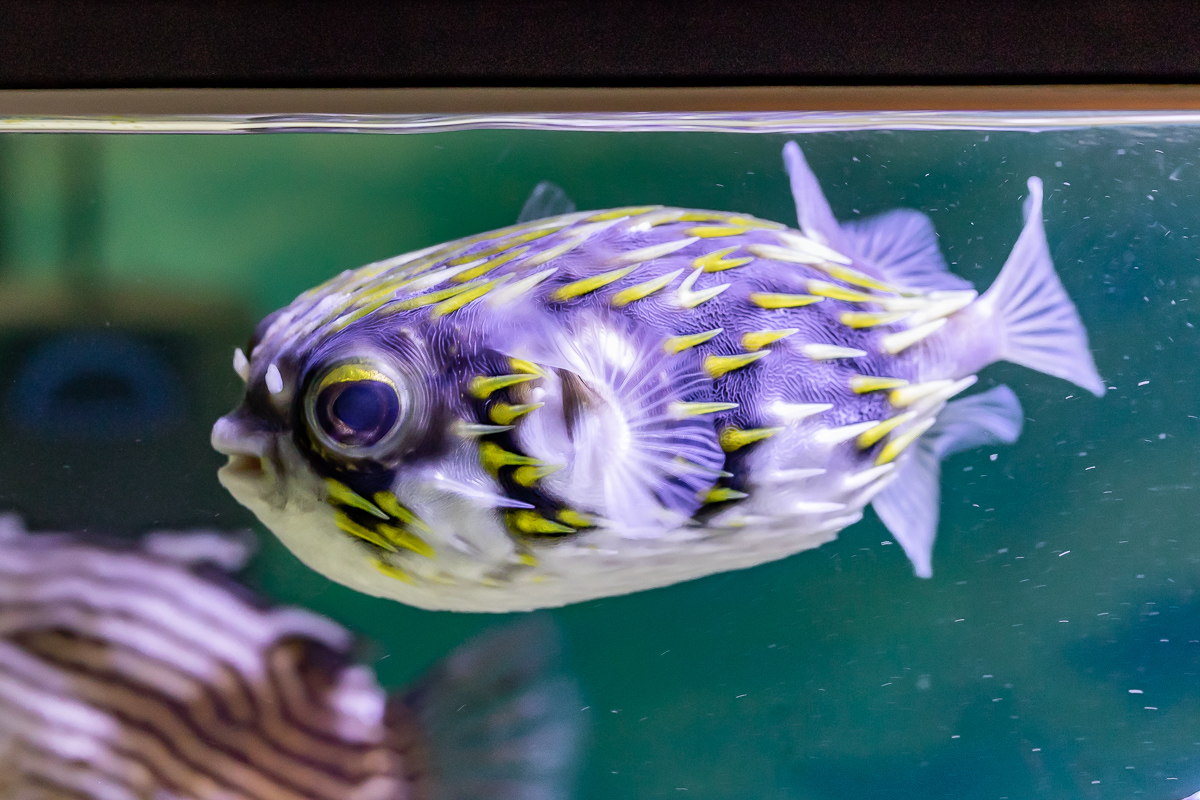
Common around jetties and shallow reefs, the sharp spines on this fish are modified scales and radiate outwards when it is threatened and inflates its body; warning predators of its poisonous flesh.
You can choose the name of the Porcupine Fish.
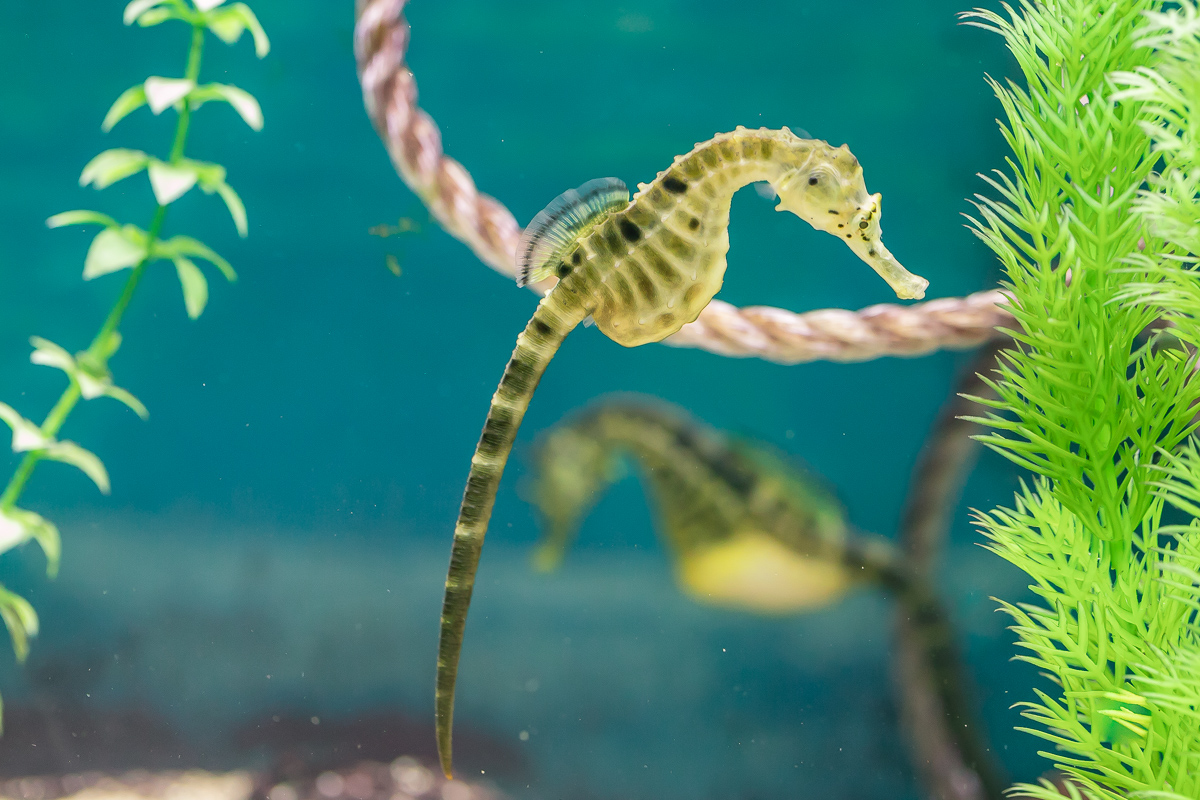
These are the largest and most commonly seen seahorses in Southern Australia, growing up to 35 cm long and use their tails to cling to seagrasses, sponges and seaweeds for protection.
You can choose the name of the Seahorse.

The colour of these yabby’s shells reflects their surroundings; as their body grows, they moult their shells and new shells will turn brown if living in muddy rivers, or blue if living in clearer waters.
You can choose the name of the Yabby
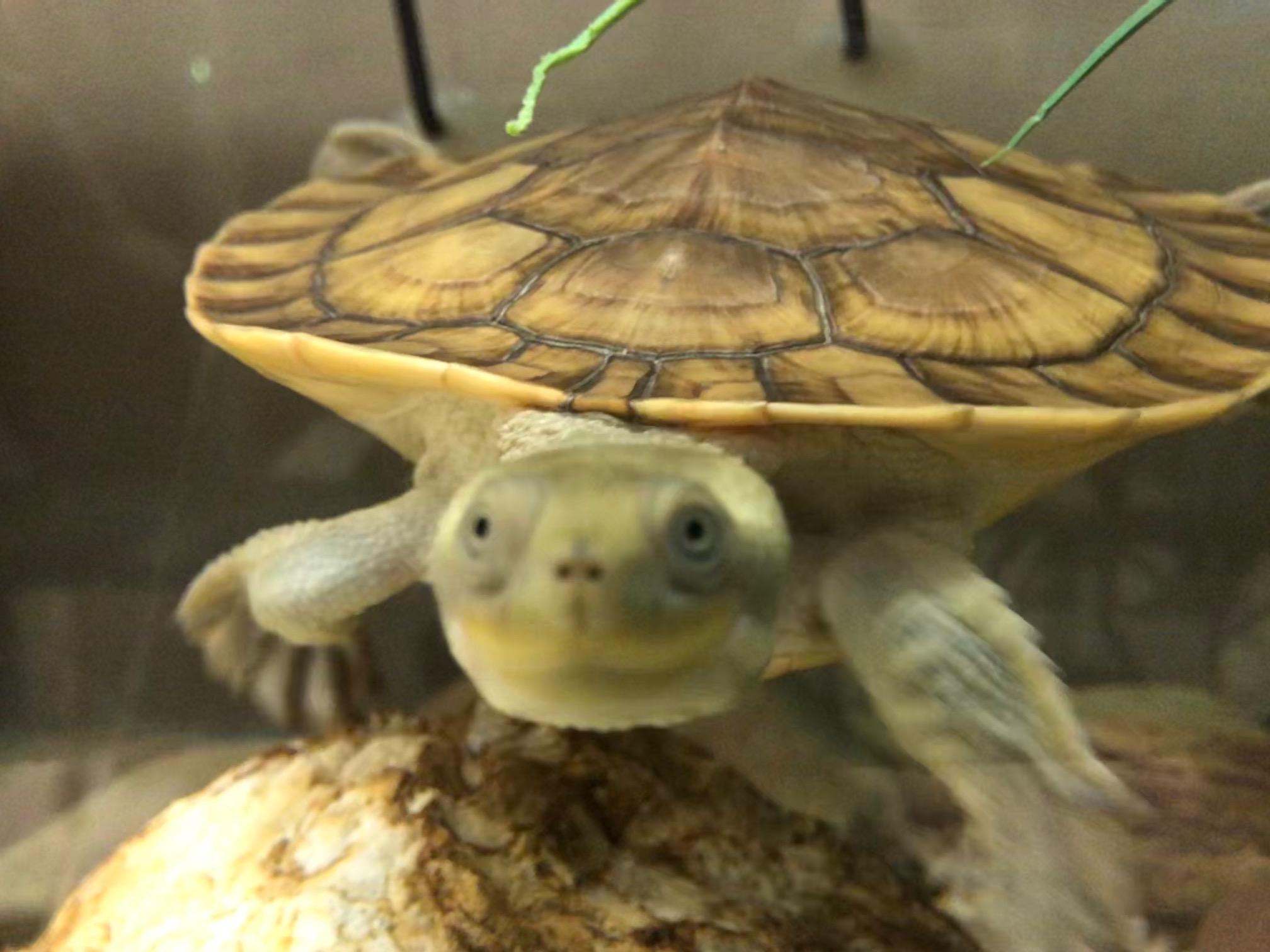
These turtles are found throughout the Murray-Darling River system in larger rivers and lakes, but as pet owners set these popular pets free, they are also found in urban ponds and dams.
You can choose a name for the Turtle.
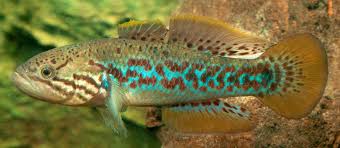
Currently listed as critically endangered in South Australia, these freshwater fish were on the verge of extinction due to habitat loss and competition from introduced fish, however captive breeding programs have brought their numbers back.
You can choose the name of your Gudgeon.
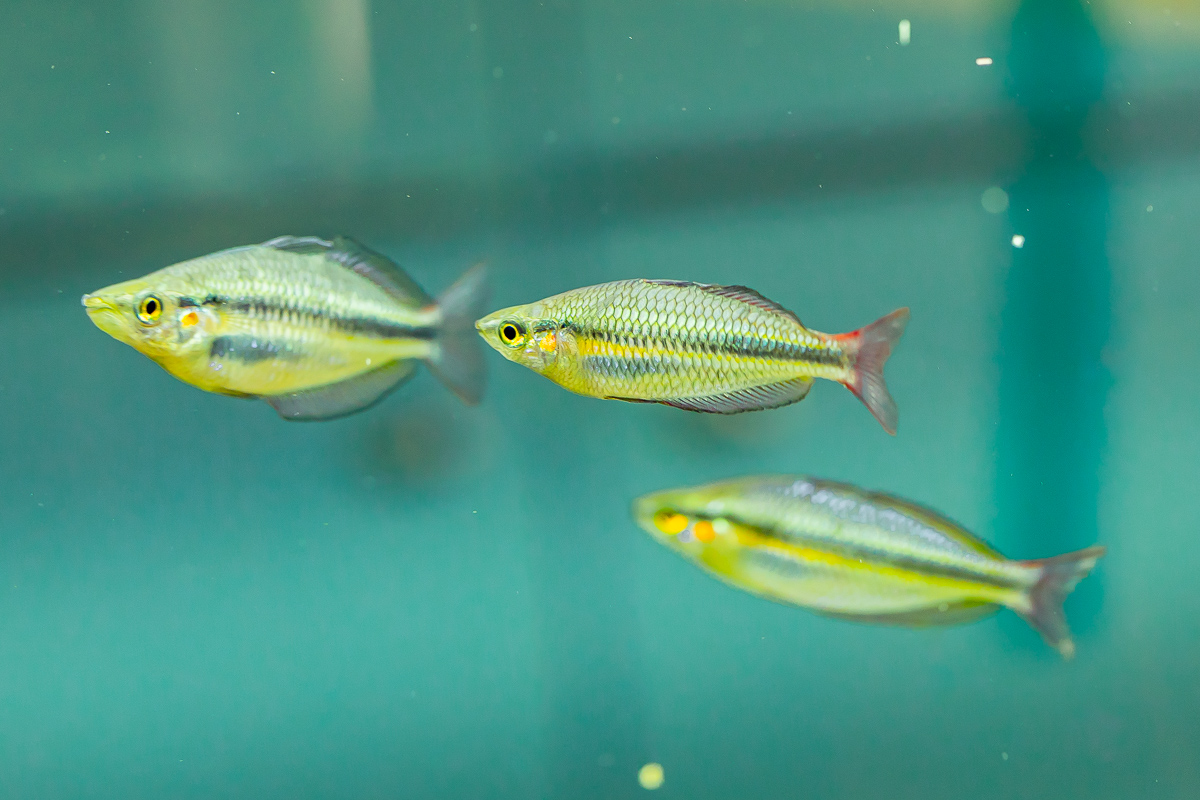
These freshwater fish are native to the Northern Territory and Queensland and are also called Bedjal; the Yolngu word for rainbowfish from a swamp in the Northern Territory.
You can choose the name of the Rainbow Fish.

These tropical freshwater fish have 'whiskers' on their face called barbels which are used to search for food in murky water, such as small fish, insects and aquatic plants.
You can choose the name of the Catfish.
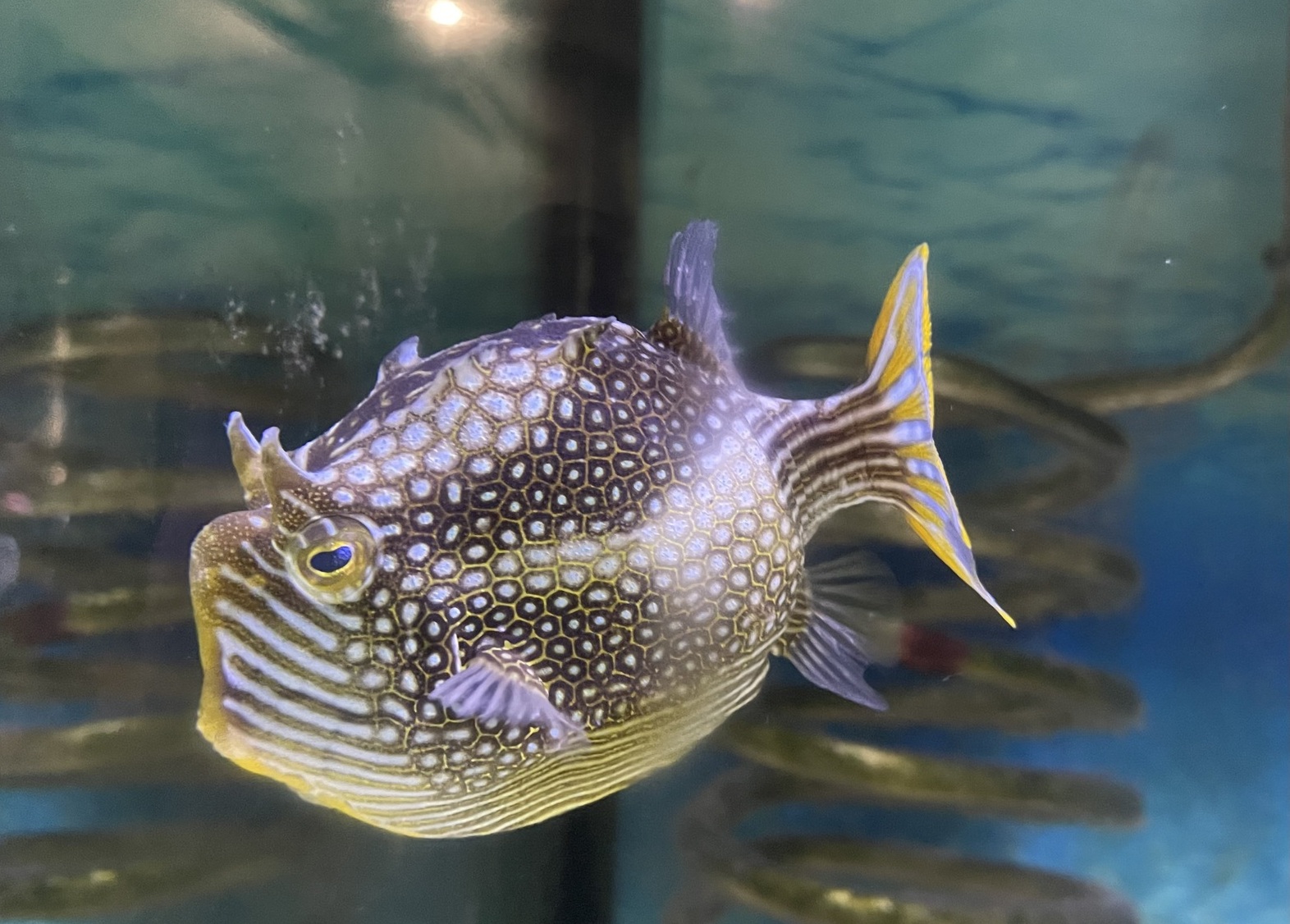
A species of temperate boxfish found amongst seagrasses in the shallow waters of Southern Australia. They have a hard body covering which protects them from predators, made up of rows of triangular plates forming hexagonal patterns over their body.
You can choose the name of the Cowfish.
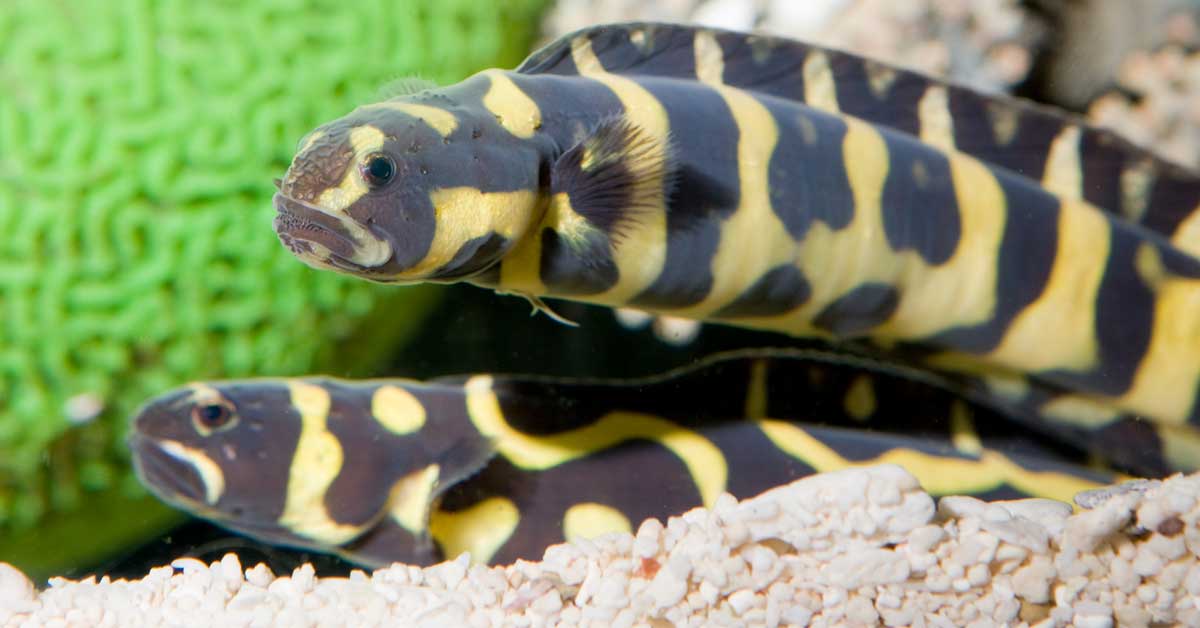
A fish with an eel-like body found in coastal reefs from the Philippines to the Solomon Islands. They undergo an incredible transformation. As they grow, their white stripes change to vertical yellow bars and spots along their body.
You can choose the name of the Goby.
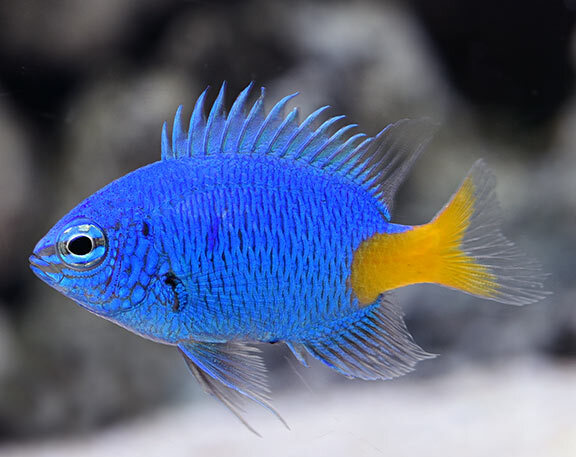
A tropical fish from coral reefs in the Indo-Pacific region. The males will choose territories and guard up to 10 000 eggs from multiple females. They can also change sex as they grow and mature.
You can choose the name of the Damselfish.
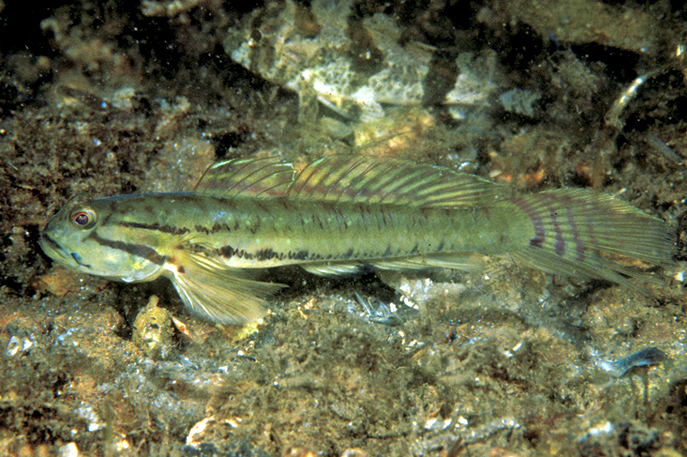
A small bottom dwelling fish normally found in muddy areas around estuaries, where the river meets the sea, and coastal lagoons. They are one of the larger and more colourful gobies, of which there over 1500 species worldwide.
You can choose the name of the Goby.
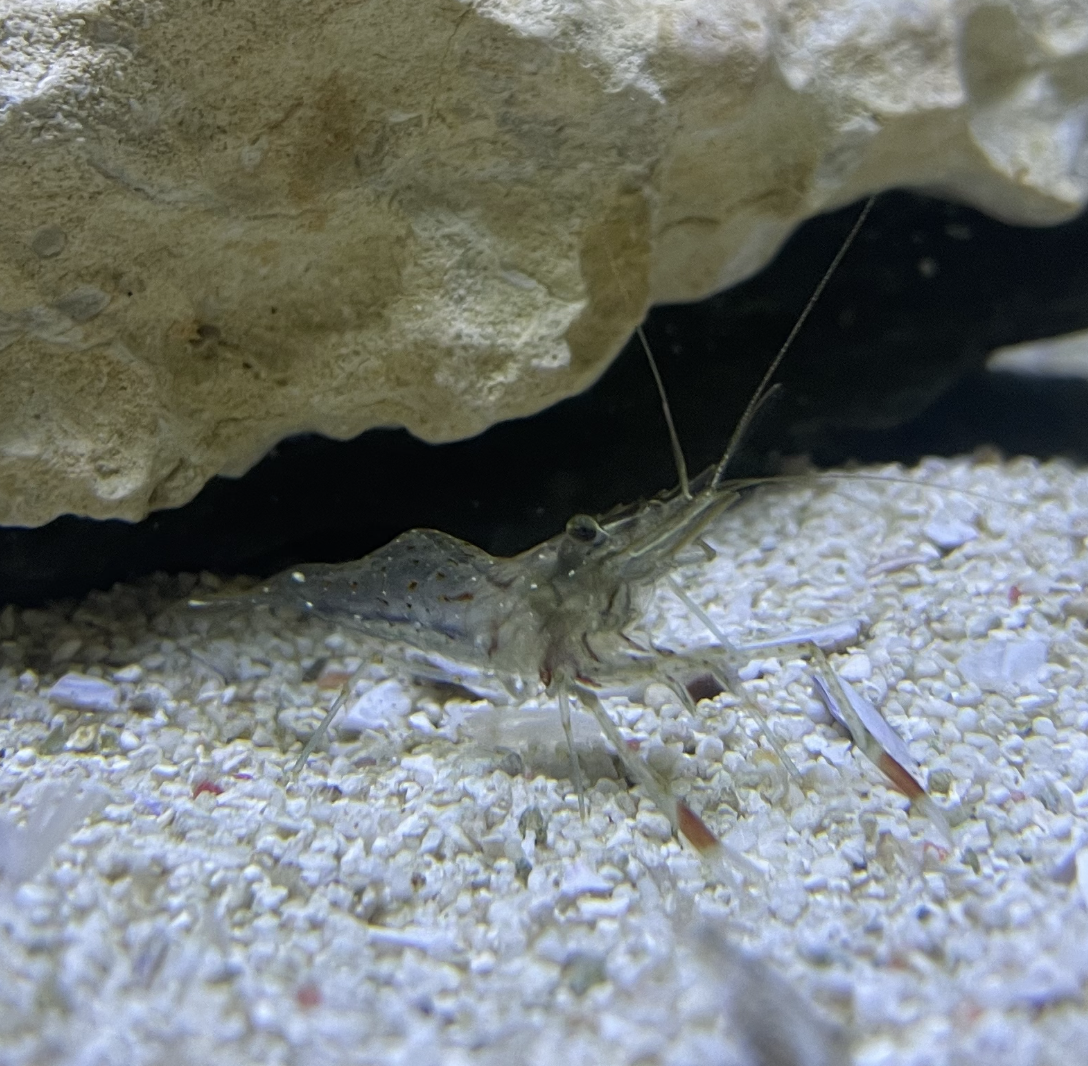
A little, transparent shrimp very commonly found in rock pools, seaweeds, seagrass meadows and rocky reefs along the Great Southern Reef. Whilst commonly found in seawater, they can also be found around the mouths of rivers. They play an important role in keeping some inshore fish species clean.
You can choose the name of the Shrimp.
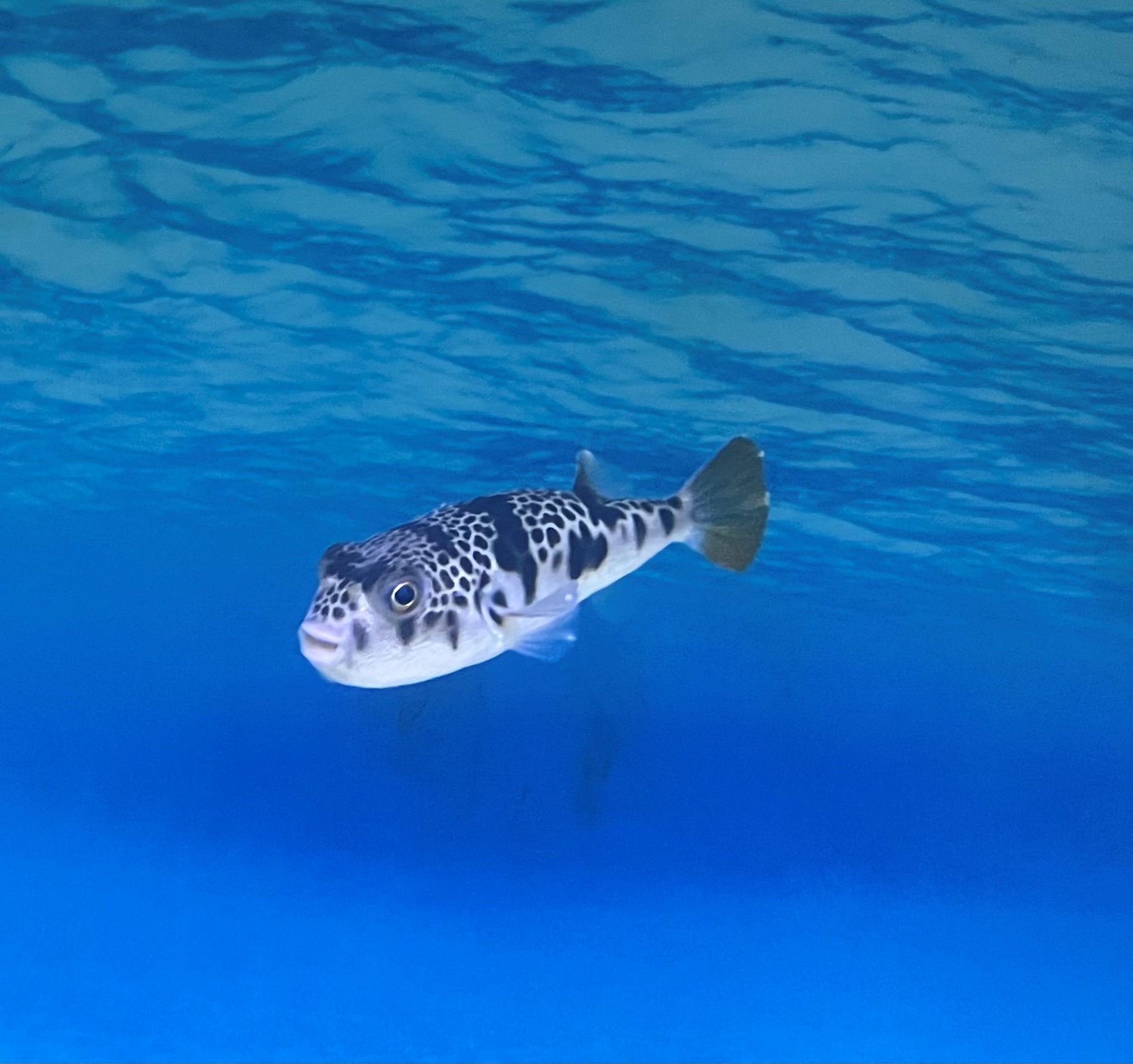
This is a type of pufferfish found from southern Queensland around to South Australia. It can inflate its body using seawater as protection from predators, but have such small spines that they appear smooth instead of spiky. You can tell these apart from other pufferfish by their red eyes and tail. Their slow movement means you can often see these fish while snorkelling around the Great Southern Reef.

A five-armed sea star that can be found in shallow sandy or silty environments throughout South Australia and Western Australia and can be distinguished by the comb-like spines on the edges of my arms. They use my hundreds of tube feet underneath to bury or sift through the sand looking for small or dead animals.